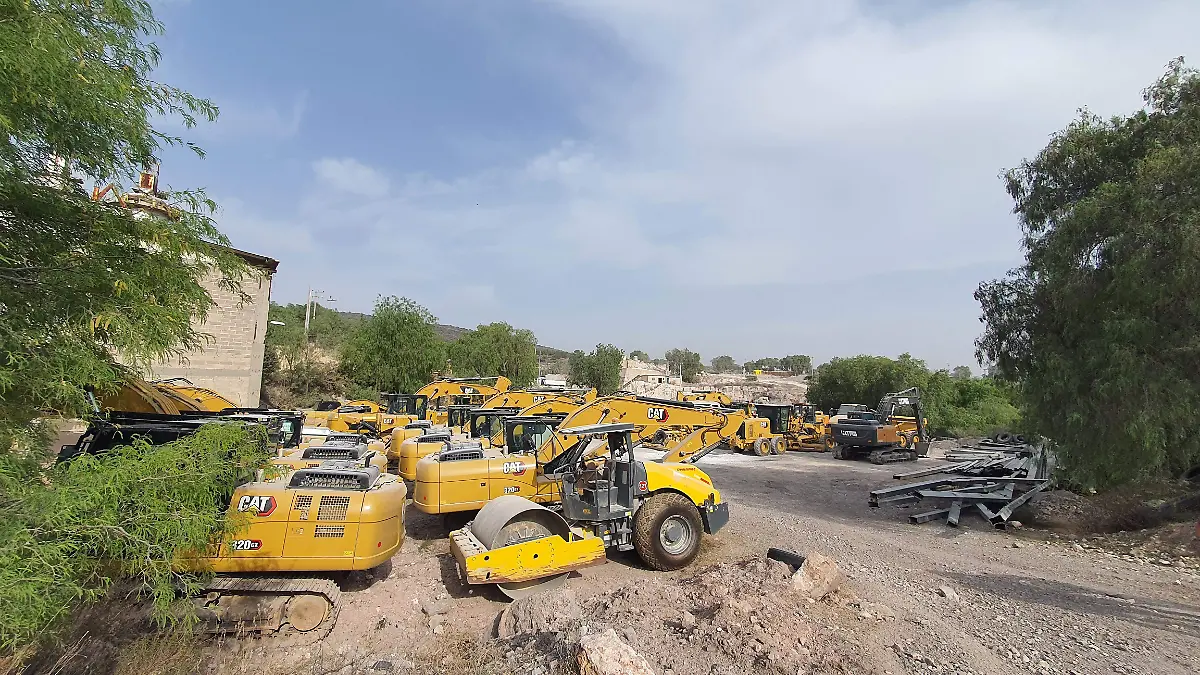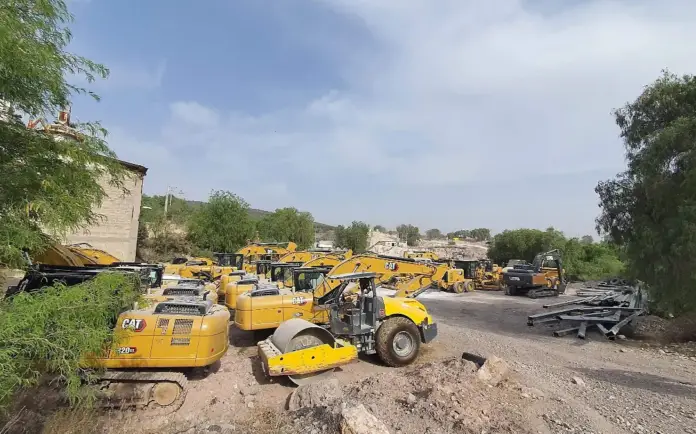The Ministry of National Defense (Sedena) has begun gathering machinery on land in the Conejos ejido (common land) to begin construction of the Mexico-Querétaro train. This project aims to reduce travel times between the two cities and improve connectivity in the region. President Claudia Sheinbaum Pardo will kick off this work on April 1.
Sedena is conducting fieldwork to determine the route of the railway through the state of Hidalgo, which will use existing right-of-way in some sections and build a new one in others.
This is what the Mexico-Querétaro Train will look like
The Mexico-Querétaro train will be approximately 120 kilometers long and will have several stations, one of them in Tula, facilitating access for users and promoting the economic and social development of the region.
Residents of Avenida Ferrocarril assert that Sedena engineers must consider that two of the most important pipelines for water supply are located in this area.
The construction of the train will include the construction of bridges, tunnels, and overpasses to overcome natural and urban obstacles, ensuring the safety and efficiency of rail transportation. In addition, engineering works will be carried out to adapt the land and protect the environment, as explained to the ejidatarios at a meeting held on March 13 in Tula.
Machinery is stored in Conejos
The arrival of machinery to the ejido of Conejos in recent days did not go unnoticed. In this regard, Conejos Commissioner Javier Tovar Ángeles explained that Sedena requested space from the ejido in early February to store machinery and materials, since the train will cross the ejido. Currently, the machinery is stored in the garage and maneuvering yard of the ejido’s production unit, where approximately 40 pieces of equipment are located, including dump trucks, backhoes, bulldozers, and graders.
The machinery arrives daily, and once the final route is determined, Javier Tovar said, the ejido will provide the necessary land for the Ministry of Agriculture, Livestock, and Fisheries (Sedena) to transport the equipment and materials.
Javier Tovar noted that the Mexico-Querétaro train project has been well received by the ejido and local communities in the region, and the ejidatarios have joined forces to ensure fair prices are paid for land or housing damages and that the jobs generated are offered to local residents. They also seek to prevent subcontracted companies from leaving without paying for materials or services.
He also noted that the ejidatarios also see opportunities to sell raw materials for the project: “We in the ejido can sell them aggregates, ¾ gravel, and crushed sand. And there’s basalt in Tepeji and Tula,” which could be an additional source of income for the local community.

Source: oem




